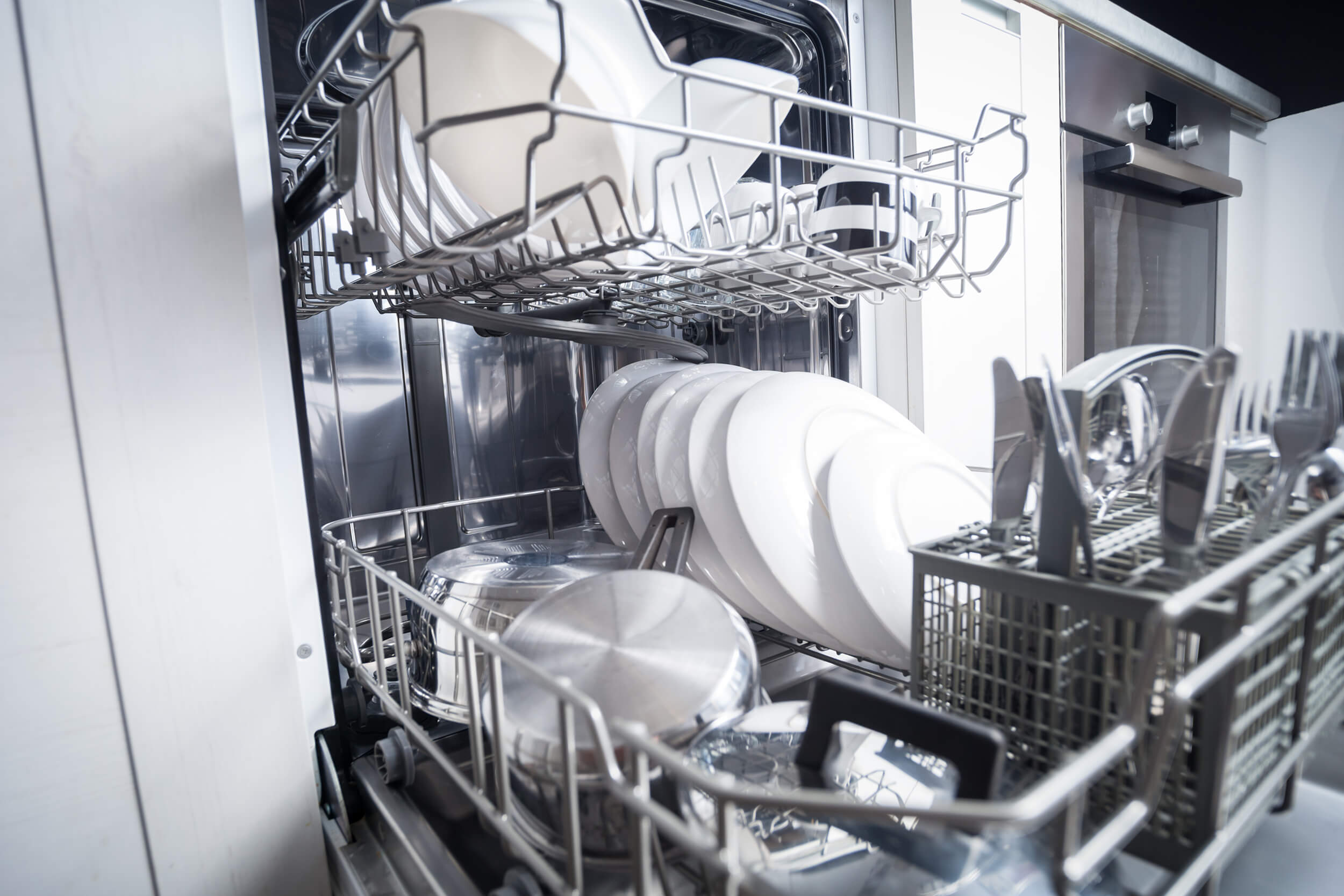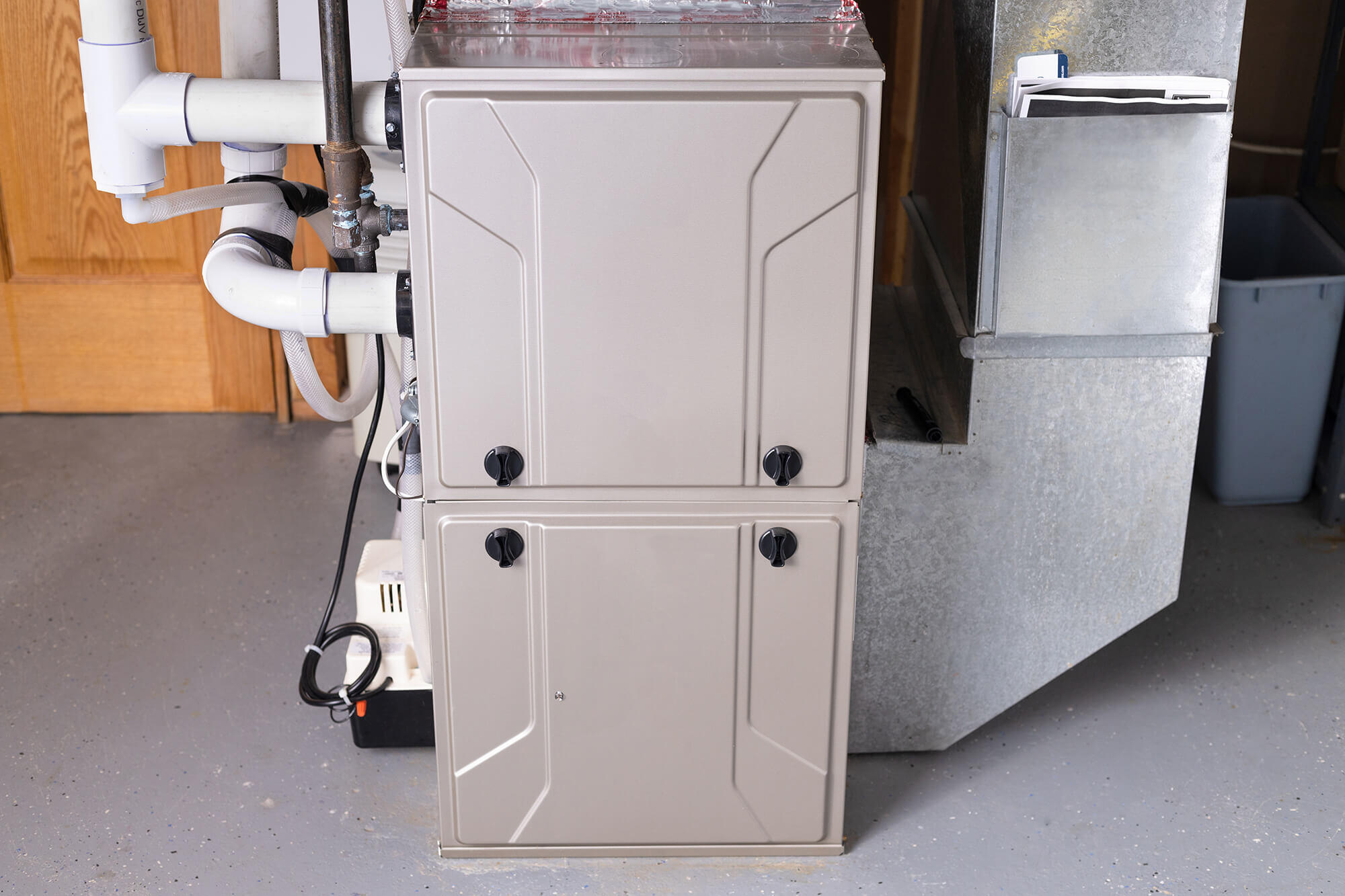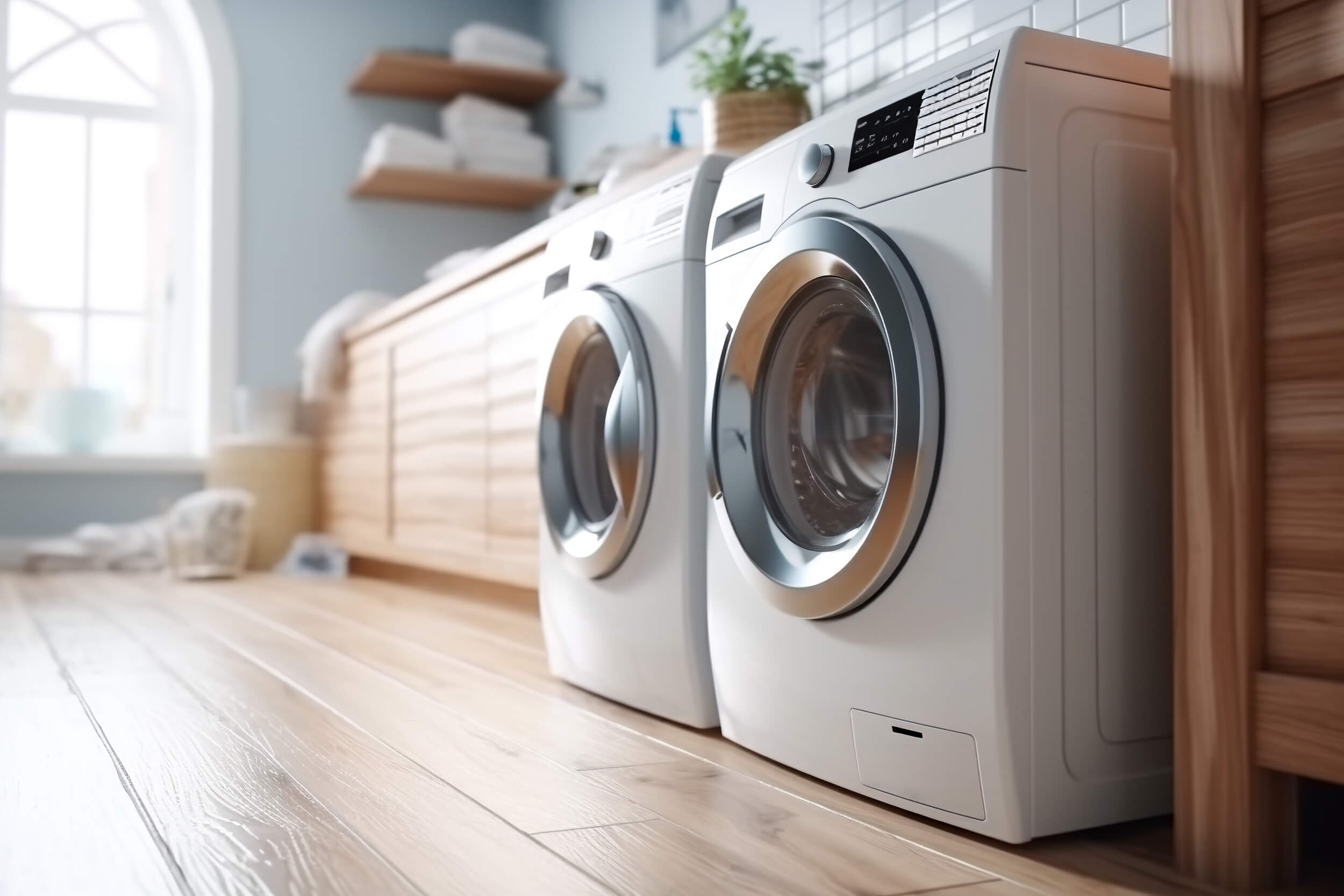For 2026:
Our States Go First report describes the opportunity for states to save with state appliance efficiency standards.
For 2026, we have updated our recommendations for state standards and our savings analysis, which are provided below. Note: Products in state savings analysis are adapted to the state to reflect remaining possible recommended standards that could be adopted; e.g., if a state already has standards for certain products, those products are not included in the future projected savings.
Assumptions table for the 2025 Model Bill
2026 United States savings from state standards
The 2017 States Go First report includes background on state standards, reasons for states to consider adopting standards, criteria we use for selecting our recommendations and information on the specific products for which we recommend standards.
Download the 2017 Report
Overview of States Go First report
New appliance standards that states can adopt in the near term have the potential to save consumers and businesses billions of dollars while conserving energy and water resources. Appliance standards boost local economies since consumers and businesses spend most of the economic savings on other goods and services. The energy and water savings from standards can improve electric system reliability and defer or reduce the need for new energy and water infrastructure, which lowers utility rates for consumers. And the energy savings from standards also result in reductions in emissions of air pollutants, which can provide public health benefits while helping states meet clean air standards and greenhouse gas emissions targets.
Appliance, equipment, lighting, and plumbing product standards are a proven, successful policy at the state level. At least 18 states have enacted appliance standards at various times. These state standards have not only benefited the residents of those states, but have also helped spur national standards. Most of today’s national standards, which cover products ranging from refrigerators to commercial air conditioners to electric motors, started out at the state level. Even when state standards do not become national standards, adoption by just a few states can be sufficient to affect national markets. By going first, states have driven changes to national markets that have delivered very large savings.
Click here for archives from 2019 to 2021




